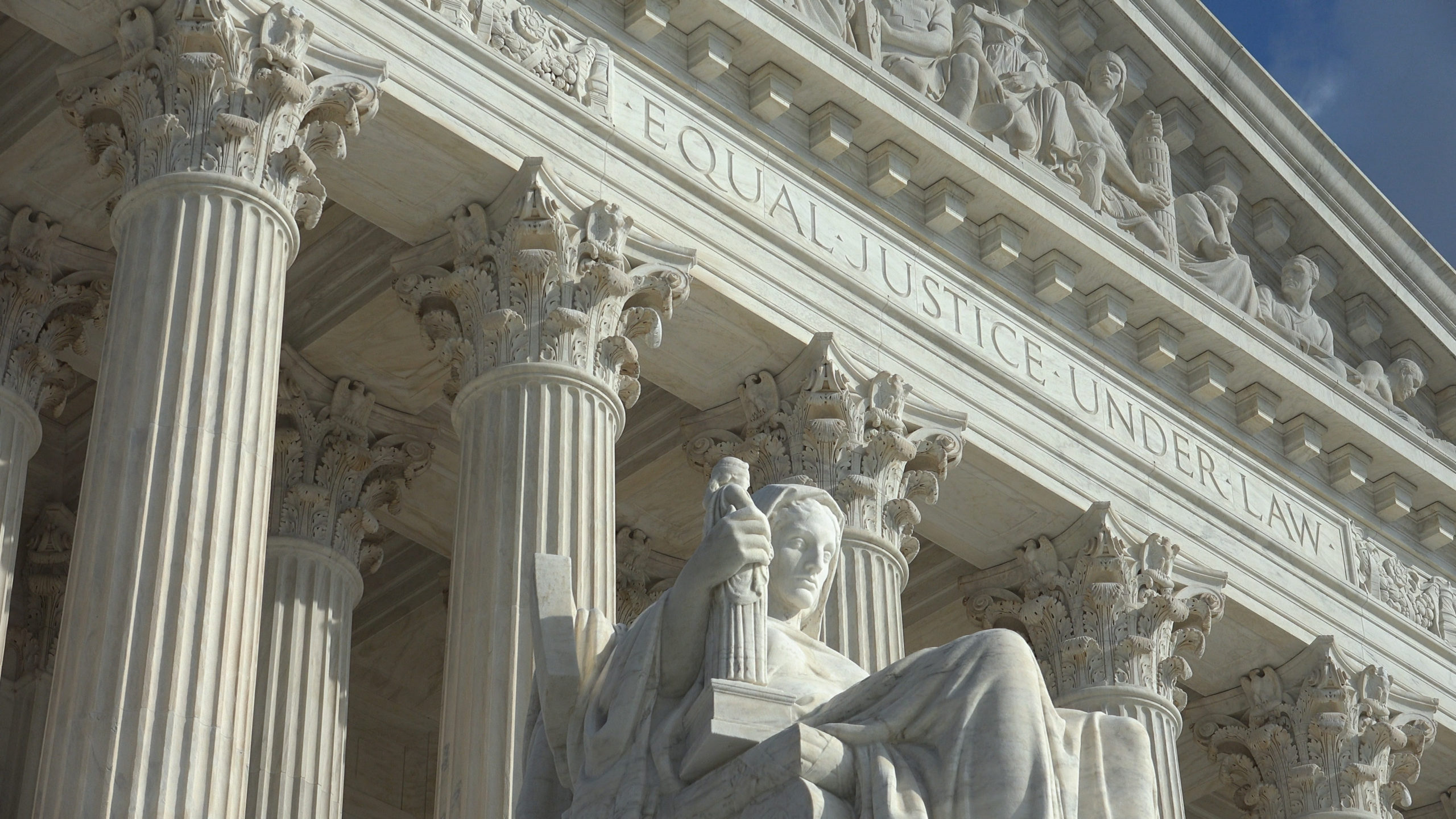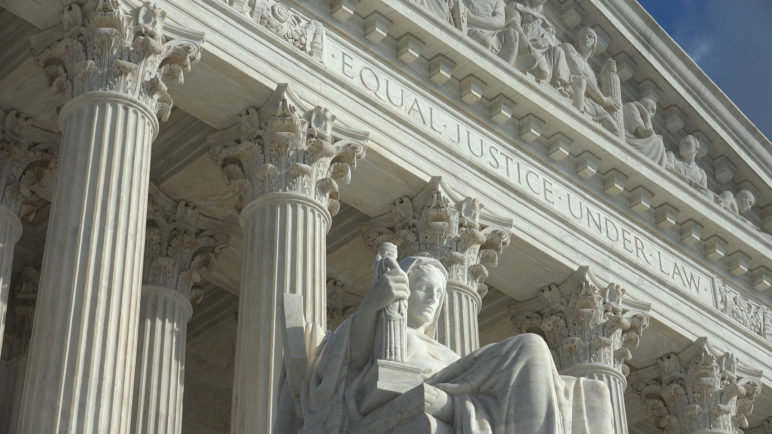The US Senate’s impending confirmation of Amy Coney Barrett means that the US Supreme Court will shift decisively to a 6-3 conservative majority. Environmental advocates naturally fear that the newly configured SCOTUS will become a roadblock for efforts to combat climate change, striking down laws and regulations aimed at curbing pollution and creating a carbon-free future. Their unease was intensified by Judge Barrett’s refusal during her Senate confirmation hearing to acknowledge the fact of human-caused climate change, instead repeating the now-standard evasion that she’s “not a scientist.”
That the Supreme Court may hinder progress, of course, presumes that the other branches of government are actually doing something about climate change. While challenges to those theoretical climate-friendly policies could take years to advance to the Supreme Court, a more immediate concern is the potential impact on the climate lawsuits that are working their way through the court system and that are attempting to reshape existing law. In that arena, the Supreme Court has already weighed in and has made clear that it will continue to do so.
The range of climate change litigation is wide and deep. It includes fighting oil and gas pipelines, protecting clean energy initiatives, and forcing coal-fired power plants to comply with the law. In the Pacific Northwest, it has meant using the courts to support the Thin Green Line’s opposition to the variety of fossil fuel export projects proposed for our region—local efforts to halt industry numerous proposals to transport, import, and process inland US coal, oil, and fracked gas in communities across the region.
But I focus here on just two types of climate cases that have attracted attention for their creative lawyering and admirable ambition: “trust” cases and “tort” cases, both of which Sightline has explored more fully in past articles.
Public trust climate cases
Public trust cases challenge the actions and inactions of the government for failing to adequately address the threat of climate change and the resulting harm to resources—rivers, coastal waters, and the atmosphere itself—that belong to the public. By far, the most well-known example is Juliana v. US, a case brought by a number of “youth plaintiffs” against the federal government that resulted in a federal judge in Oregon finding that the “the right to a climate system capable of sustaining human life” is protected by the Constitution as “fundamental to a free and ordered society.”
Trust cases against state governments, however, have not fared as well. Although new cases are still being filed (most recently just this March in Montana), many more have been dismissed early in the proceedings, including suits in Washington, Oregon, and Alaska. The Juliana litigation suffered its own major setback this year when the Ninth Circuit terminated the case after close to five years of litigation, finding that the plaintiffs’ request for a remedy (a federal plan to phase out fossil fuel emissions and drawn down excess carbon dioxide) was beyond the power of the courts. A decision by the plaintiffs about whether to appeal will now have to consider the Supreme Court’s newest member.
But even before the Ninth Circuit issued its most recent decision, the Supreme Court had intervened in Juliana after the government waged an aggressive campaign to prevent a trial from ever taking place. The Court not only halted the case’s progress, but also appeared to encourage the government to continue its push for an early appeal to the Ninth Circuit. That strategy paid dividends with the Ninth Circuit’s ruling in January.
Tort climate cases
The tort cases also involve the government, but in the position of the plaintiff. More than a dozen cities, states, and counties have sued multinational oil and gas corporations, relying on centuries-old legal concepts such as trespass and nuisance. The jurisdictions maintain that the companies’ extraction, distribution, and promotion of fossil fuels obligates them to fund investments—fortified seawalls, higher capacity storm drainage—needed to adapt to an unstable climate.
Most of the tort cases were first filed in state courts, and the initial strategy by the fossil fuel industry has been to ask federal courts to step in and take control, as federal law is potentially more hostile to the plaintiffs’ claims. The tactic has generally failed, with federal courts, including the Ninth Circuit, repeatedly finding that the cases do, in fact, belong in state court. The US Supreme Court, however, has already agreed to hear one of the energy companies’ appeals. At a minimum, their gambit has succeeded in creating delay. King County filed its tort claims in state court back in 2018, but for the most part the case has been stalled while waiting for guidance on how to address the industry’s legal maneuvering.
The precise issue that caught the attention of the Supreme Court is too deep into the weeds to cover here—the term “federal officer removal statute” should be enough to warn you off—but the key question is whether the courts of appeal can consider the entire grab-bag of arguments made by industry to justify federal courts keeping hold of the cases. If a majority Supreme Court aligns with the oil and gas defendants, the courts of appeal will be required to revisit their previous decisions before the cases can continue.
For many in the US, the catastrophes of 2020 have been compounded by the effects of climate change: this wildfire season has been the worst in almost two decades; hurricanes have stormed out of the Atlantic Ocean in record numbers; and for the Northern Hemisphere, this summer was the hottest ever measured. The composition of the Supreme Court is certainly not the only hurdle that advocates face, but even if there are climate-friendly political gains this November, the Court’s influence will be felt for decades to come, beginning when it hears the climate tort appeal next term. Over time, we will no doubt learn more about Judge Barrett’s climate change beliefs, along with how the Court’s new configuration will affect us all.
Sightline Institute is a 501(c)3 non-profit organization and does not support, endorse, or oppose any candidate or political party.









